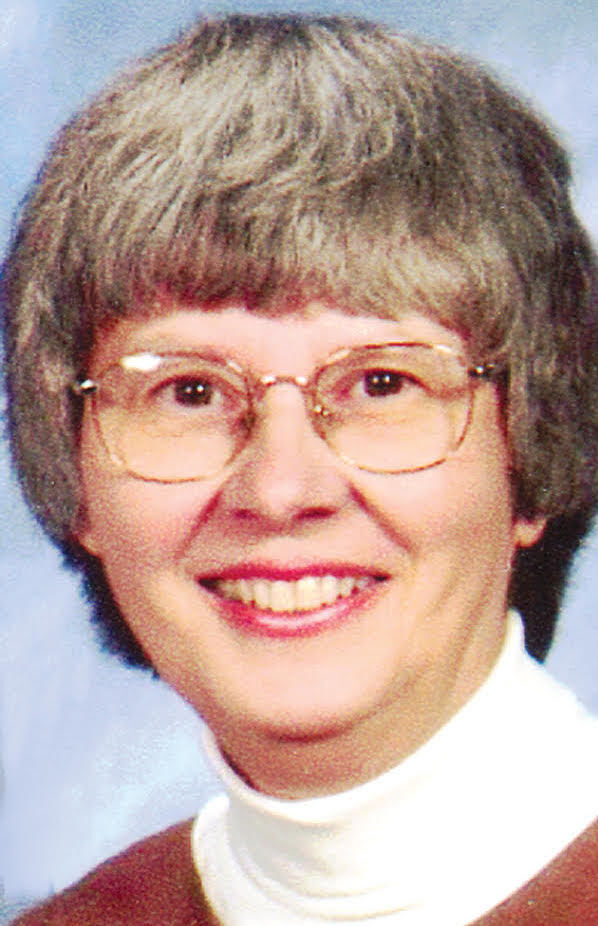Out and about: Exploring history of the Anson Building
Published 7:26 am Friday, October 8, 2021

- Mammen
The last building on this block of downtown La Grande is 1216 Adams Ave., currently the home of Bella Mercantile. It is listed on the National Register of Historic Places as the “Anson Building, most likely built by Henry Anson around 1892.”
Trending
We know from a Sanborn map there was a general store located there in 1893. The 1893 City Directory tells us that Erwin S. Coy was the proprietor. His stock included table linens, clothing and other dry goods. Times were tough, however, and in 1902 Erwin went bankrupt. W. A. Messner, a grocer from across the street, bought Coy’s stock in March of that year and moved his grocery stock to the new location.
But it appears that Messner was not really ready to settle down in La Grande. That same month an article appeared in The Observer telling that he had sold his business to three men from Nebraska. By March 31, 1903, it was reported that “A former La Grande Man Retains His Reputation as a Hustler.” It seems that Messner had moved to Independence, Oregon, near Salem, and purchased a store there.
The next proprietor located at 1216 Adams was Charles Clyde Pennington, who operated a men’s clothing store at this location in the early 1900s. In 1910 Frank Toney and Claude Scranton purchased the business from Pennington. By November of 1912 the business of Toney and Scranton was dissolved when Toney, a well-known haberdasher, moved to the Sommer Hotel building.
Trending
Scranton found a new partner in Harris French, a young man previously working for a competitor. In December of 1912 the business of French and Scranton was created. They advertised they would be selling the same quality brands of men’s clothing that had been sold by C. C. Pennington. Selling men’s clothing for a living just wasn’t what French wanted to do, so in January 1919 he left the business and started raising sheep.
French and Scranton didn’t appear often in the newspaper, but occasionally through the years they were mentioned, but not always in ways they would have wanted. For example, in 1913, shortly after the Scrantons had moved into a new house on the corner of Second and Spring, Mrs. Scranton was getting ready to attend the Cherry Fair and left the iron which she had been using on the ironing table in her parlor. The iron had not been properly turned off and when they returned later that evening they found the ironing table and much of the furniture in the room destroyed by fire, plus there was a hole in the floor.
Then in July of 1918 there was a large notice in The Observer chastising the business for being open “before, during and after the parade” on the Fourth. Just the year before, in November, Mrs. French attempted to back her “large seven-passenger car” away from the curb, but forgot to put the car in reverse. As a result she had not only car damage, but also a broken store window at her husband’s business and a report of the whole thing in the paper.
One thing has to be said about Claude Scranton: he didn’t give up. After French left he took on a new partner named Short in October 1923 and they held a “reorganization sale.” Unfortunately this business lasted only a year and in October of 1924 they had a “bankrupt sale.”
In February 1925 it was announced that the New York Store, a chain store which originally started in Idaho, had purchased the stock of Scranton and Short and would soon be moving into the building at the corner of Elm and Adams. This store started out primarily selling men’s and boys’ clothing but later added clothing for the whole family. New York Store was in business until the mid 1930s.
Whether it was the size or the location of this building, it seemed to draw businesses that sold clothing. Sometimes it was for men, sometimes for women and sometimes for the whole family.
Ann Johnson had a women’s clothing shop here from 1935 until 1938 when it became the home of Western Frock Shop. The Rosanna Shop moved in October 1941 and stayed for 20 years.
The person involved with this building having the most interesting history was Charles Clyde Pennington. He was born to Stewart McKindra Pennington and his wife, Abigail, in Oregon in 1855. Stewart was born in Kentucky, but later came across the plains in 1847 to Oregon with four other people. He worked in a variety of jobs including mining in California until 1850. He then settled on a farm near Albany until 1871 when he moved to Pendleton working in the stock business. He served the Oregon State Senate twice.
C. C. was restless like his father. He moved with his wife Hanna and their four children to Union County in 1881, where he farmed for a period of time. Sometime in the early 1900s he opened a clothing store which he later sold to Toney and Scranton in 1910. During that time he was elected sheriff for two terms. He also served as director, vice president and president of the La Grande National Bank. Charles Clyde Pennington died in April 1927 at the age of 72.
Keep looking up! Enjoy!
Ginny Mammen has lived in La Grande for more than 50 years and enjoys sharing her interest in the history of people, places and buildings.









